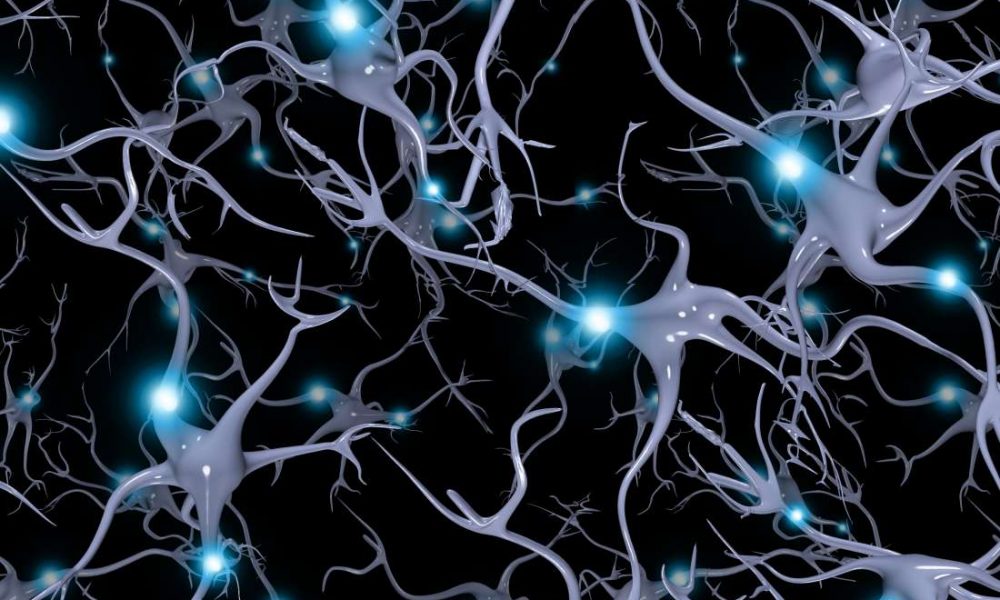Schizophrenia is a complex and often misunderstood psychiatric disorder that affects millions of people worldwide. It is characterized by a combination of symptoms, including hallucinations, delusions, disorganized thinking, and impaired social functioning. While the exact cause of schizophrenia remains unknown, extensive research has shed light on its underlying pathophysiology. In this blog post, we will delve into the intricate mechanisms of schizophrenia, exploring the factors involved in its development and how they contribute to the symptoms experienced by individuals with this condition.
Neurotransmitter Imbalance: Dopamine and Glutamate:
One of the most prominent theories regarding the pathophysiology of schizophrenia involves an imbalance in the neurotransmitters dopamine and glutamate.
- Dopamine Hypothesis: According to the dopamine hypothesis, excess dopamine activity in certain brain regions, particularly the mesolimbic pathway, contributes to the positive symptoms of schizophrenia, such as hallucinations and delusions. Antipsychotic medications, which primarily target dopamine receptors, help alleviate these symptoms by reducing dopamine levels.
- Glutamate Hypothesis: Glutamate, an excitatory neurotransmitter, plays a vital role in cognitive processes. The glutamate hypothesis suggests that dysfunction in the glutamatergic system, particularly the N-methyl-D-aspartate (NMDA) receptor, may contribute to the negative and cognitive symptoms of schizophrenia. Emerging research focuses on developing medications that modulate glutamate receptors to address these specific symptoms.
Neurodevelopmental Abnormalities:
Schizophrenia is widely believed to have neurodevelopmental origins, with abnormal brain development during early life playing a significant role in its onset. Several factors contribute to these neurodevelopmental abnormalities:
- Genetic Factors: Certain genetic variations and gene mutations have been associated with an increased risk of developing schizophrenia. These genetic factors influence neurodevelopmental processes, including synaptic pruning, neuronal migration, and myelination, which are crucial for the proper wiring of the brain.
- Environmental Factors: Prenatal and perinatal factors, such as maternal infection, complications during pregnancy or birth, and exposure to stress or toxins, have been linked to an elevated risk of schizophrenia. These environmental factors can disrupt normal brain development and contribute to the manifestation of the disorder later in life.
Brain Structure and Connectivity:
Studies using advanced neuroimaging techniques have revealed structural and connectivity differences in the brains of individuals with schizophrenia:
- Gray Matter Loss: People with schizophrenia often exhibit reduced gray matter volume in several brain regions, including the prefrontal cortex, hippocampus, and temporal lobes. These structural abnormalities may underlie the cognitive deficits and negative symptoms associated with the disorder.
- Altered Connectivity: Disruptions in functional connectivity between different brain regions have also been observed in schizophrenia. These connectivity abnormalities can impair information processing and coordination among brain networks, contributing to the cognitive and perceptual disturbances seen in the disorder.
Neuroinflammation and Oxidative Stress:
Increasing evidence suggests that neuroinflammation and oxidative stress play a role in the pathophysiology of schizophrenia:
- Neuroinflammation: Activation of immune cells in the brain, known as microglia, and increased levels of pro-inflammatory cytokines have been observed in individuals with schizophrenia. Neuroinflammation may contribute to the neurodevelopmental abnormalities and synaptic dysfunction associated with the disorder.
- Oxidative Stress: Imbalances between the production of reactive oxygen species (ROS) and the antioxidant defense system lead to oxidative stress. Elevated oxidative stress markers have been reported in schizophrenia, potentially contributing to neuronal damage and dysfunction.
Conclusion:
Schizophrenia is a complex psychiatric disorder with a multifaceted pathophysiology. While the exact mechanisms are still being elucidated, research suggests that an interplay of neurotransmitter imbalances, neurodevelopmental abnormalities, altered brain structure and connectivity, as well as neuroinflammation and oxidative stress, contribute to the manifestation of the disorder. Understanding the pathophysiology of schizophrenia is crucial for developing more targeted treatment strategies, improving early detection, and ultimately enhancing the quality of life for individuals living with this condition. Continued research efforts and collaborative approaches are necessary to unravel the complexities of schizophrenia and pave the way for more effective interventions in the future.




